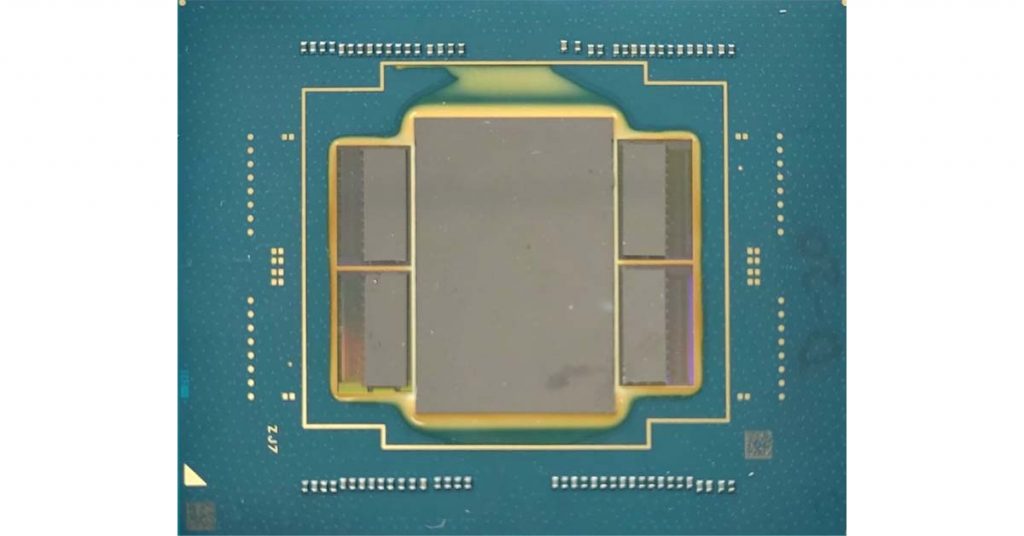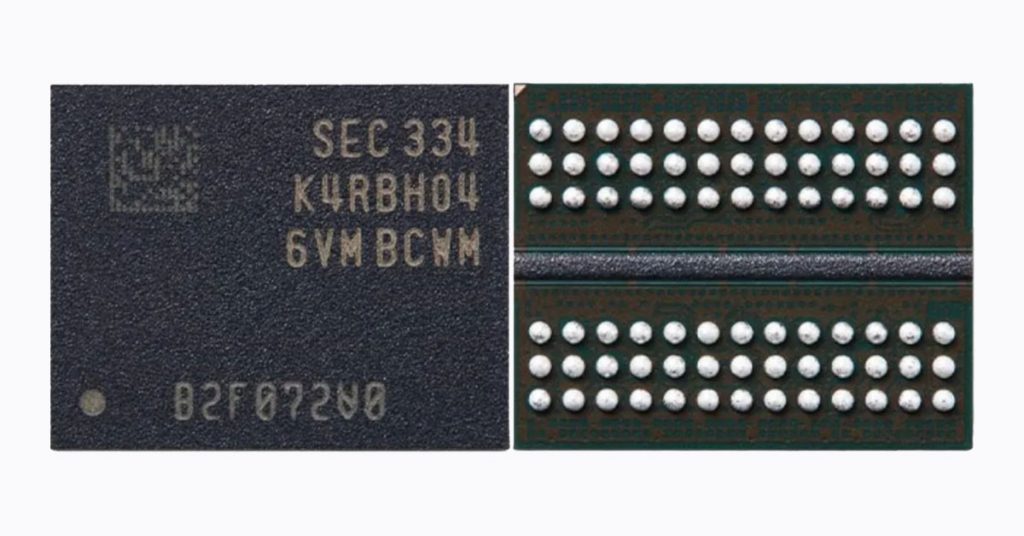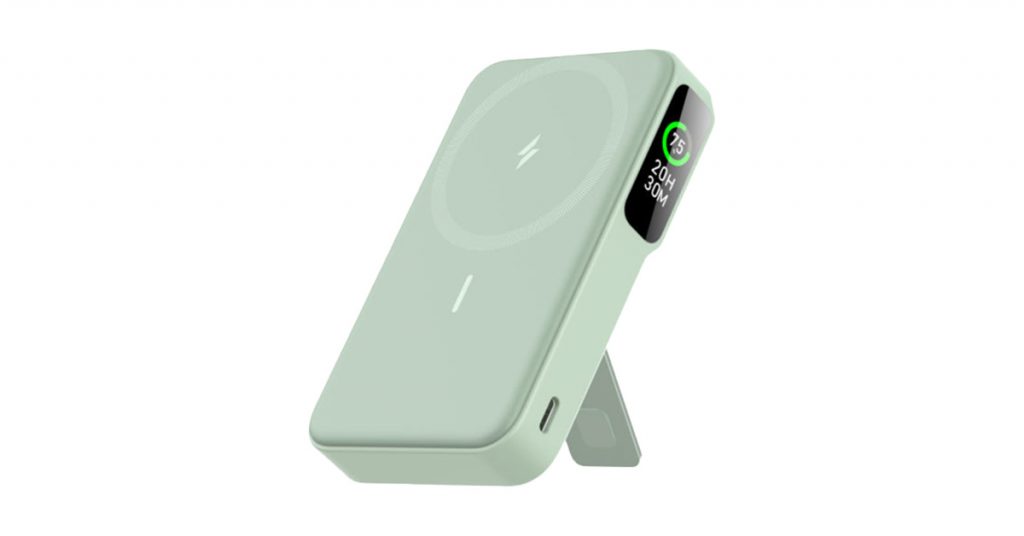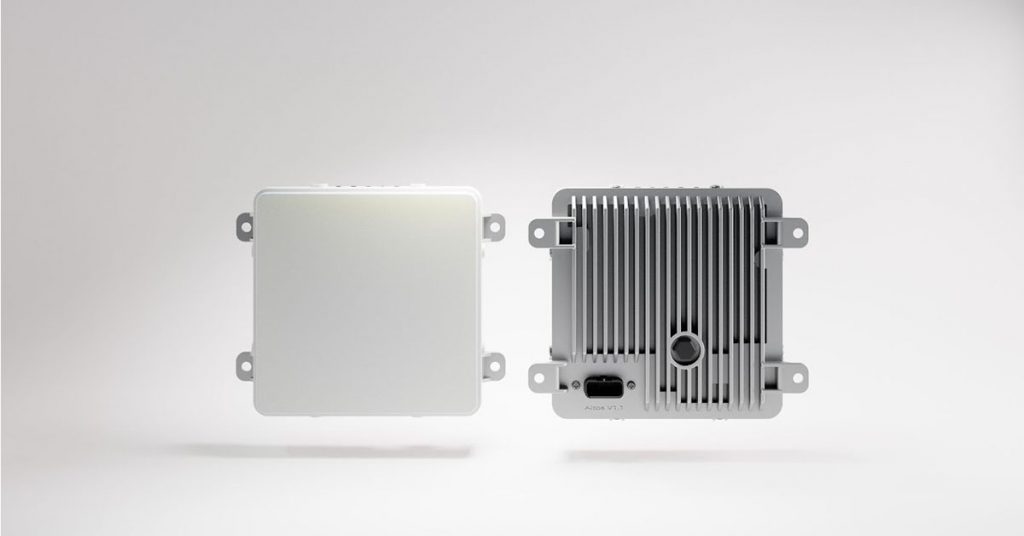Panasonic is in the process of testing “power-generating glass,” with plans to introduce it for commercial sale by 2028, targeting a broad spectrum of building applications. These glass panels incorporate perovskite solar cells, forming a photovoltaic layer that measures just one micron in thickness, positioned between two sheets of glass substrate. The manufacturing process combines Panasonic’s unique “original inkjet coating method” with laser processing technology to create transparent panels of various sizes, effectively functioning as windows.
Panasonic claims to have achieved a record-breaking conversion efficiency of 17.9%, marking it as the highest conversion efficiency ever attained for a perovskite module exceeding 800 square centimeters in size. This assertion has received independent verification from the US National Renewable Energy Laboratory. However, it’s worth noting that China’s UtmoLight recently surpassed this achievement with a conversion efficiency of 18.6%, as reported by Nikkei Asia.
To evaluate the performance of the prototype power-generating glass panels, Panasonic has installed them in a model house located within its Fujisawa Sustainable Smart Town in Kanagawa Prefecture, Japan. This glass’s performance will undergo monitoring for a duration exceeding a year, with the testing expected to conclude on November 29, 2024.
Panasonic initiated the development of this specific type of solar cell in 2014 and now aims to make them accessible for use in various types of buildings by 2028. A representative from Panasonic elaborated on their plans, stating, “We will leverage its globally top-class efficiency as a selling point… Any place worldwide where glass is utilized presents a potential market, such as office windows and shopping arcade skylights.”









